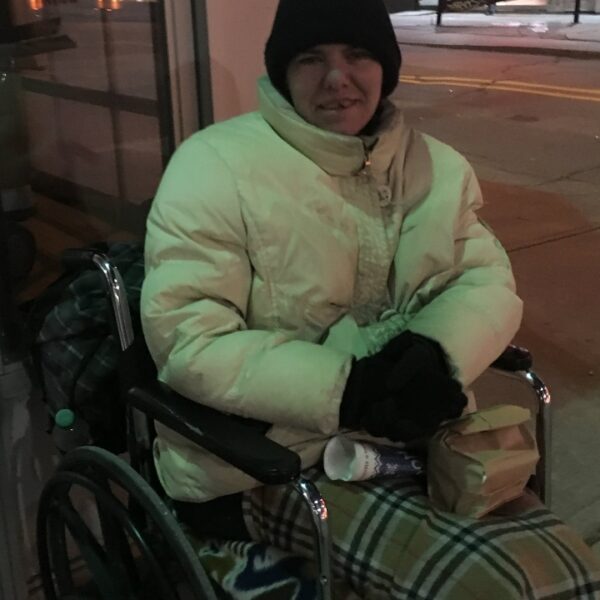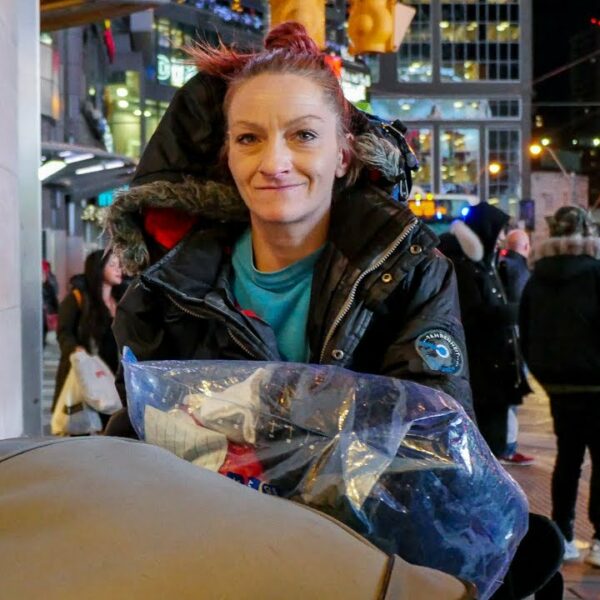How Being Exposed to the Elements Effects Our Unsheltered
Burn to death or freeze to death? That used to be an expression; a challenge you asked an opponent in a game of “would you rather?”. It shouldn’t be anyone’s reality. Yet, right on the streets of America, at the height of a technological revolution where people can heat their cars from their living rooms and never feel the sting of winter, homeless people are burning to death, freezing to death, and more.
Homeless deaths and injuries that result from inclement weather are usually categorized as “natural causes”. In truth, there’s nothing natural about freezing to death because you have no place to live. Here, we’ll take a look at the weather as it relates to the homeless population because weather poses unique challenges we rarely consider.
The Sweltering Heat
In those rare instances where we think about homeless people in brutal weather, the cold is what we naturally gravitate toward. However, suffocating heat is the leading cause of all weather-related fatalities. On any given hot and humid day, homeless people face the threat of:
- Sunburn
- Heatstroke
- Heat-related stress
In fact, one independent study suggests that heat-related deaths within the homeless community have more than doubled in the wake of global warming. And, just as freezing temperatures affect physical abilities and cognitive functions, extreme heat can be a significant burden on a homeless person’s livelihood.
The Biting Cold
When the first snow falls and those tiny, crisp flakes land softly across the landscape, the last thing anyone thinks of is how many homeless people might die or be severely injured. Winter is far from a wonderland for people with no safe place to go. This is true of many different types of homeless people, not just those who are within our line of vision. Homeless people sleeping in any of the following places are at high risk for cold weather-related diseases:
- On the street
- Tents
- Abandoned buildings
- Cars
Cold-related injuries include:
- Hypothermia: A dramatic drop in core body temperature
- Frostbite: a skin, muscle, nerve, and tissue disease
- Trench foot: A tissue disease that can lead to gangrene
- Chilblains: Hindered circulation causing pain, swell, and itch
- Frostnip: A lesser variation of frostbite that also causes freezing layers of skin
The aforementioned conditions can cause a loss of limbs, severe injuries to the skin, body, and brain, and even death if left untreated. Here are some statistics to keep things in perspective:
- There were approximately 700 annual weather-related fatalities in the homeless population between 1979 and 2002
- Those numbers didn’t go down, the deaths were simply reclassified. Today, any homeless death labeled “natural causes” might have been the result of bad weather combined with inadequate available shelter
- In January of 2019, there were 17 known cases of winter homeless fatalities in Maryland and six more recorded in Baltimore
- Many homeless people die of hypothermia … in LA
That last statistic is worth reading over again because we don’t typically associate Los Angeles with the kind of weather that leads to hypothermia. In reality, however, it doesn’t have to be freezing for someone to freeze to death. Overexposure to weather as high as 50 degrees Fahrenheit is enough to cause a hypothermic reaction. The key word here is overexposure. Many homeless people in LA spend the better part of their time outside.
Homeless People Taken Indoors Temporarily Are Still at Risk
On extremely cold nights in the city, outreach teams work tirelessly to fill shelter beds. Some places will bus homeless people to new locations if there aren’t enough beds in their hometown. All of these actions are great for the cause, but waiting until the cold arrives isn’t the best approach. Homeless people who are taken indoors are still at a higher risk because their health is already dwindling, their bodies have already endured too much, and in many cases, they’re already exhibiting overlooked weather-related symptoms. When homeless people are ushered inside, they face the threat of having to:
- Leave their belongings behind to possibly get stolen
- Relocate to a different part of their city or to an entirely different city
- Separate from their children due to shelter or child welfare policies
The above-listed risks can sometimes be enough to cause a homeless person to engage in risky behavior in exchange for temporary shelter from the cold. Here are some scenarios that might occur when a winter storm stirs the sleeping homeless population:
- Sexual exploitation (where a person offers shelter in exchange for sexual favors)
- Police harassment (cold weather is often used as an excuse to conduct sweeps)
- Kidnapping (as homeless people grow desperate, their likelihood to engage with strangers increases, particularly homeless youth)
- Loss of energy
- Sluggishness
- Malnutrition
Has it ever been so cold in your house that you couldn’t bring yourself to come up from under the covers? An abnormally low body temperature can affect the brain, giving way to clumsiness, sluggishness, and decrease in cognitive ability. Homeless people, who are constantly facing threats to their lives and well-being, cannot afford to be hindered in this manner.
Stormy Weather of all Kinds
Living unsheltered means more exposure to storms of all kinds. Homeless people are also homeless when there is a tornado, a hurricane, a thunderstorm, a hailstorm, and a flood. They don’t get to take the day off because their boots got wet or their tent blew away. They don’t get a pass from the world because they lost a leg to frostbite or because they have pneumonia due to weather-related conditions. Yet, all of these problems can hinder their abilities to come in from the cold.
Possible Solutions
The homeless community faces multi-faceted weather-related issues. Some people think the answer is in inventions, with items like waterproof blankets or temporary igloo shelter systems. Others believe it is in building more shelters and getting more people off the streets. All of these innovations serve a purpose.
However, the root problem is that we don’t have enough affordable homes for everyone. You can do your part for the cause by:
- Helping with outreach
- Donating hot and cold weather items
- Handing out blankets in the winter and bottled waters in the summer
Don’t forget to talk to your legislators about constructing affordable homes for all so we can prepare for the storm now, when the weather is temperate and calm.













